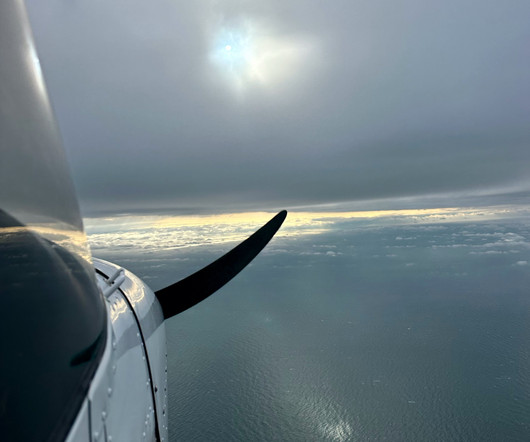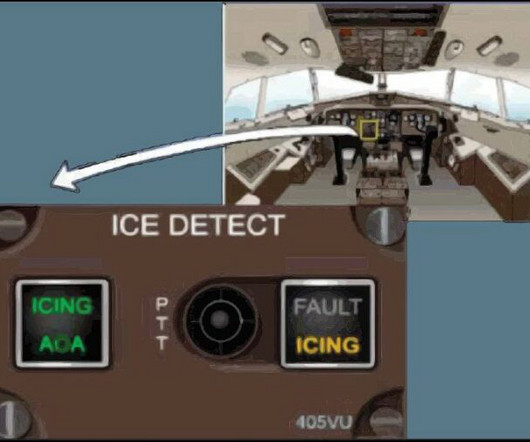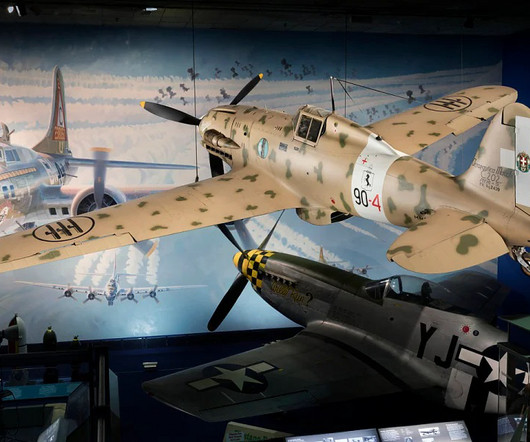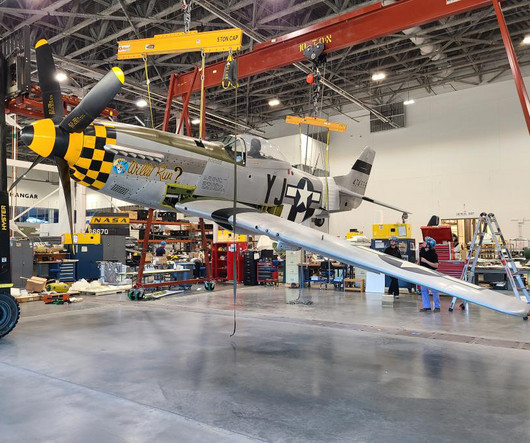Understanding Left-Turning Tendencies in Airplanes
Northstar VFR
MARCH 16, 2025
Torque is most noticeable when power is applied suddenly for example, during takeoff. This force pushes the tail to the right, causing the nose to yaw left. Since most aircraft have clockwise-spinning propellers (as seen from the cockpit), this means a pitch-up change causes a force that yaws the airplane to the left.













Let's personalize your content